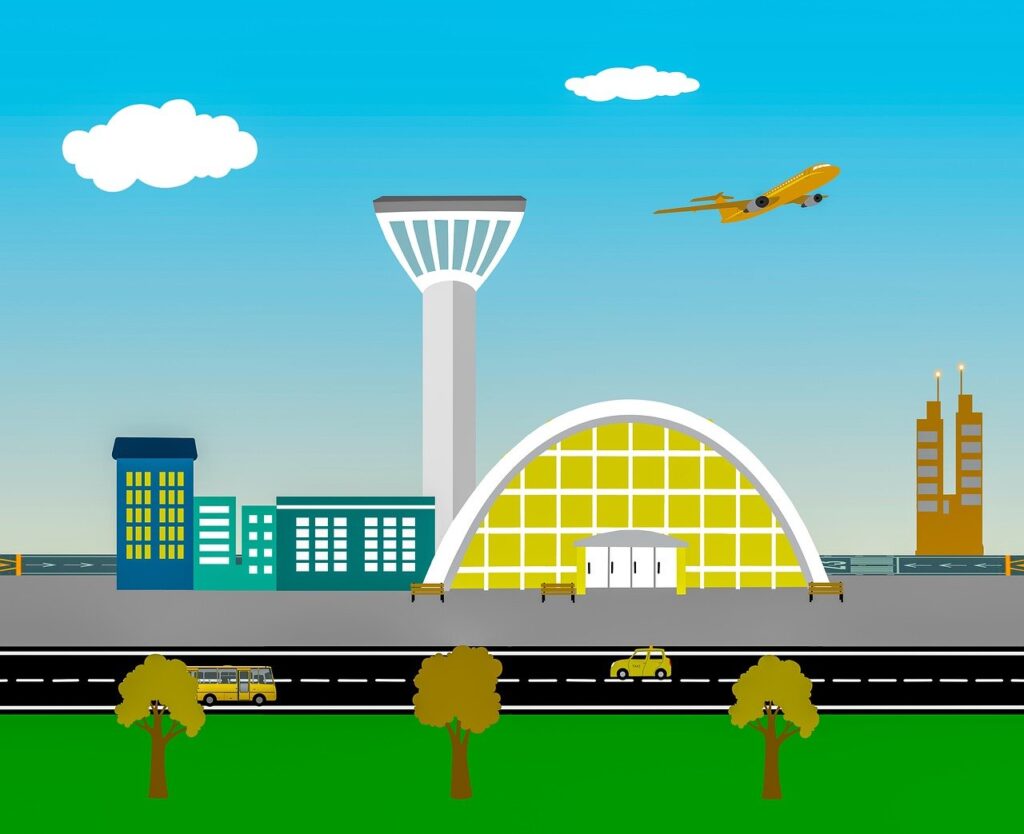by Ritesh Gautam and James Williams
Efforts to locate, measure and reduce the planet-warming methane emissions from global oil and gas operations often focus on large, concentrated sources. But a growing body of research suggests that by not tracking smaller, dispersed sources, regulators, operators and scientists are missing a significant share of the emissions problem.














